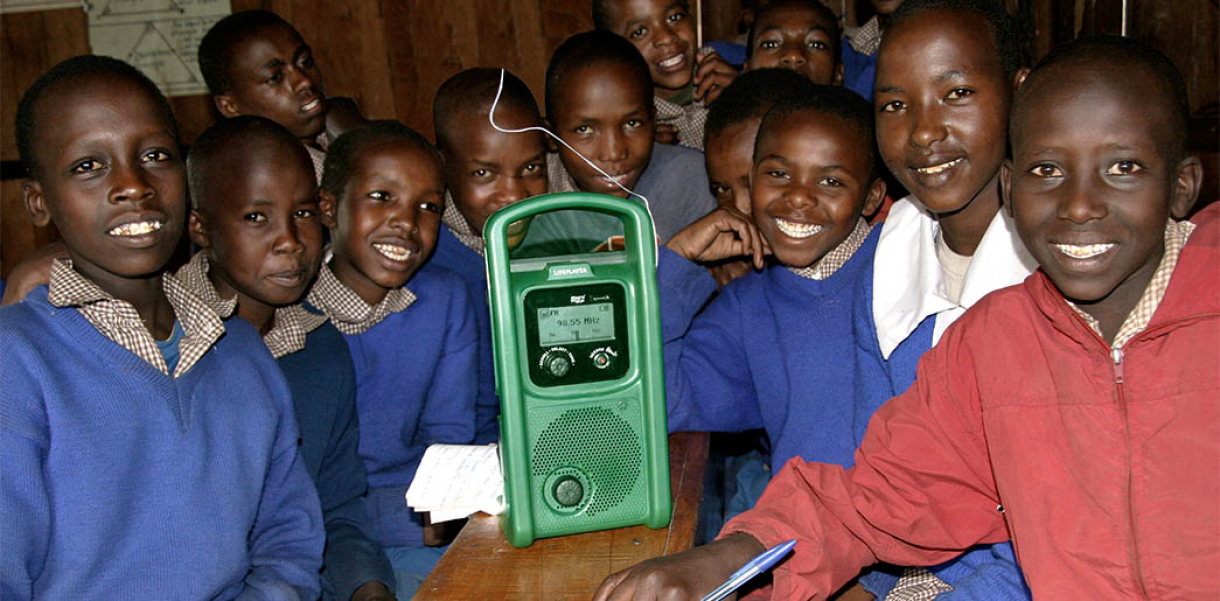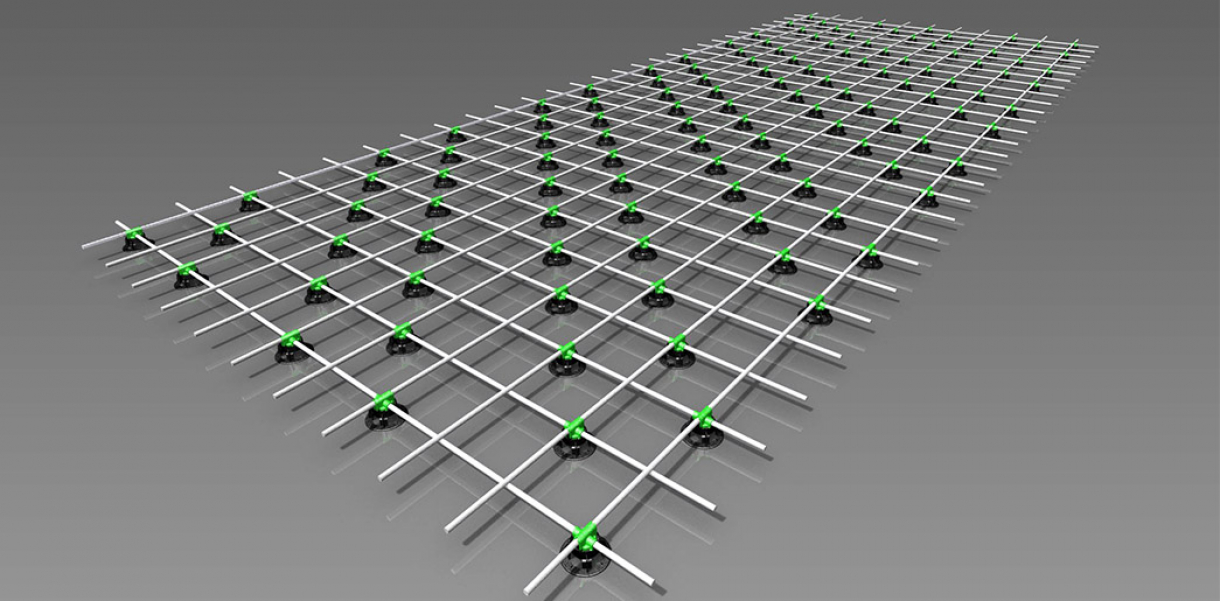In Africa, where 85% of people have no access to electricity, and in India, where 56% of the rural poor have no grid access, the Lifeplayer can provide children with years of primary school lessons loaded onto the media player. It allows community elders to record oral histories for eternity, and farmers can listen to agricultural radio programs and health dramas. Health ministries can distribute HIV/AIDS prevention messaging from 3G cellular downloads—all in local languages. Like an oversized iPod for development, the Lifeplayer offers unprecedented learning opportunities, presenting a pathway toward reaching the UN’s 2015 Millennium Development Goal of universal education.
The design of the Lifeplayer focuses on economy, simplicity and durability in form and material choice. Robustly constructed in ABS and nylon, the Lifeplayer uses higher material thickness, and its control knobs and lens are recessed against impact. A tough carry handle houses an unbreakable wire antenna, and the graphic intense LCD screen and simple 1-button control interface simplifies the significant feature set for less technologically sophisticated users. A removable magnetic solar panel benched on top is the primary energy source – which also provides power for charging mobiles, and at the back a sturdy nylon crank handle is housed, driving a modular internal gearbox. A 12V DC input rounds off the power options, making the Lifeplayer a power independent and reliable media player. Colors are customizable as appropriate for regional deployment.
The Lifeplayer is designed to provide millions of people sustainable, 24/7 access to modern multimedia options that many take for granted. The design opens up the world to the very poor and brings communities together.
Designed by
Kristine Pearson - United States of America and Philip Goodwin - South Africa




